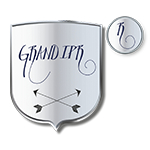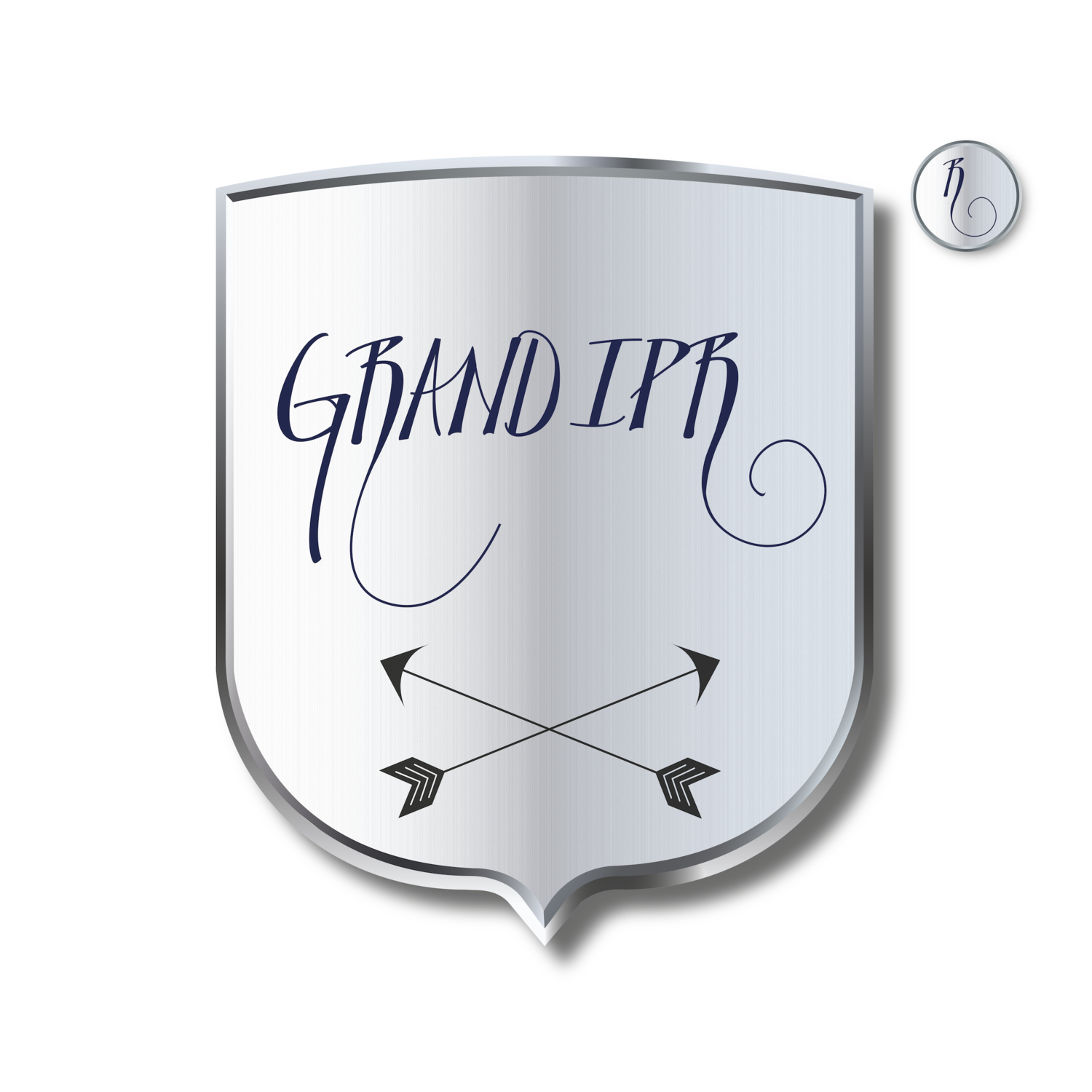Excerpt: Trade- & Service Marks / and or Brands
This is an excerpt from my published book:
The Ultimate Guide
Control Your own Copyright Trademark and More….
A must-have book for the savvy business owner
[…]The point of a Trade- or Service mark (SM) is to allow your business to be distinguished, from that of other peoples businesses, by the consumers. You may well ask if anything can be converted into a Trademark. The short answer is no.
The various kinds of marks, in The EU, are as follows:
Traditional ones:
Words, figurative marks, shape, position mark -new, pattern brand - new, colour mark - comes in two variations: single colour and combination.
The unconventional ones:
Sound-marks, movement marks, multimedia marks, hologram marks and others.
There are a few different categories of EU marks:
Individual marks - already available, classical mark for one particular business
Collective marks - already available, a mark owned by an association of members. All members have a right to use it.
Certification marks - new, to be used for goods and services that are certified by the owner of the mark.
Definition of the certification mark: the certification mark indicates that the goods and services that carry the mark live up to a given standard and is also subject to control specified by the owner of the mark.
Product names, jingles or sound marks, 3D marks, figurative marks or logos, geographic denominators or indicators, in certain instances a colour can be part of a trademark: think of the red sole of a Christian Louboutin shoe, a word mark, or a combination of any of these. Some countries accept scents as a Trademark. Here the perfumes by Coco Chanel spring to mind such as
Coco no 5.
Up until the recent EU trademark reform, 2017, the main rule was that a Trademark had to be reproduced graphically! However be that as it may sound marks or even scent marks are not, due to their very nature, to be reproduced graphically, be that as it may they may be described for the purpose of registration. This is no longer a criteria for registration. All that is now needed is for the mark to be represented in an appropriate manner using technology that is readily available, as long as it can be represented in the register in a clear, precise, independent, easily accessible, comprehensible, durable and objective way.
An other important fact about the Trademark is that it can virtually exist for all eternity, as long as it is used in business and is renewed every 10 years. Any of the other IP rights have other life spans. The Patent can only stay registered for 25 years before becoming public domain.
There is a difference between a Service Mark and a trademark, and to tell one from the other I will be giving examples of how both kinds of marks are used…
[…]


